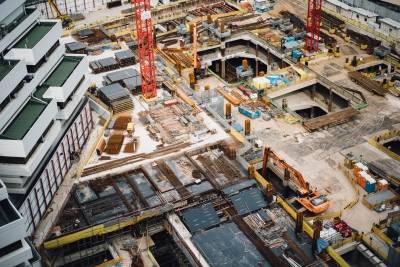Public procurement holds the power to implement sustainable production and consumption across sectors. To achieve high impact with regards to resource use, procurement needs to involve circular principles.
A new report developed by Climate KIC, the City of Malmö and the City of Helsinki as part of the Circular City project, recognises the important role that public authorities play in the transition to a circular economy. The report - 'The challenges and potential of circular procurements in public construction projects', points out that circular procurement focusing on construction projects can be the instrument to address the increasing challenge that cities face regarding their resources.
Circular procurement is still a relatively new theme and especially in the construction sector, circular procurements are still rare globally. The report outlines 10 challenges for the uptake of circular procurement such as 'procurements are locked down in the planning phase' or 'Lack of information and circular economy expertise is reflected in every stage of procurement'. Integrating circularity into the procurement for the public construction sector is possible as a curated case catalogue demonstrates as part of the report.
Among the 10 good practice cases are examples from ICLEI member Gothenburg, Sweden, Procura+ Participants Haarlem, the Netherlands and Copenhagen, Denmark, as well as GLCN City Helsinki, Finland. The ladder showcases the procurement for multifunctional space in the Laasko Hospital with the goals of easy maintenance and material longevity.
In the EU context, the new report connects well to the Circular Economy Action Plan, which was published by the EU Commission in 2017. Procurement specific guidance can also be found in the report on Public Procurement for a Circular Economy.
Looking ahead, the report concludes that to much more experience is needed about the use of recycled materials before circular building can become a standard procedure in the sector. Also, it will be important to incorporate emissions and cost calculations into pilot projects to make it easier to justify the benefits of circular building materials in the future. All in all, the report underlines the big opportunity to create systematic change towards circularity through public purchasing power.
Read the full report here.
Browse our Resource Centre for more material on circular procurement.





